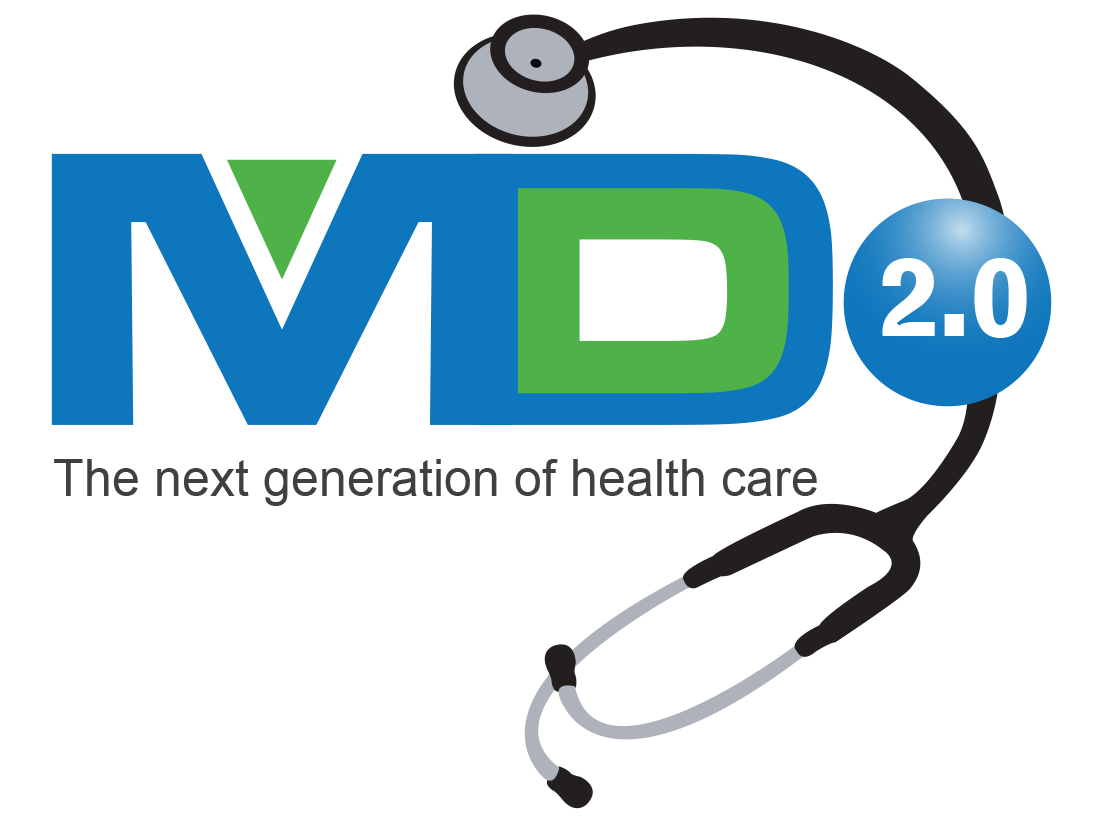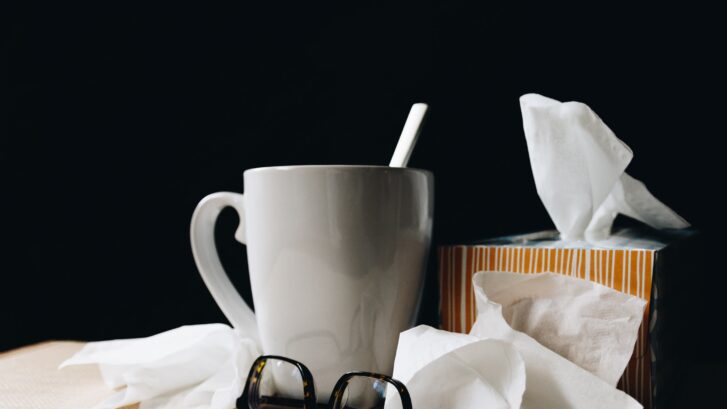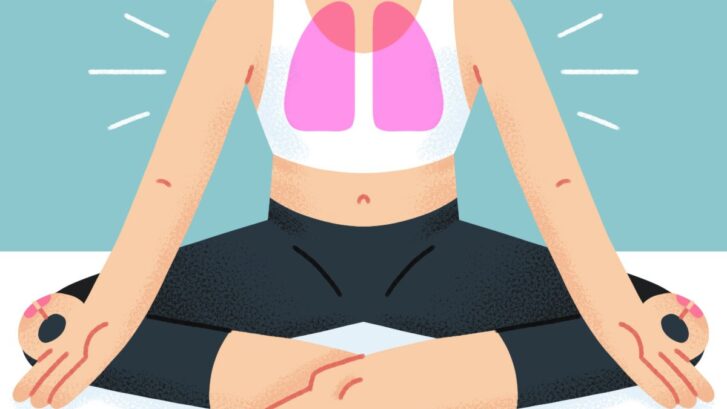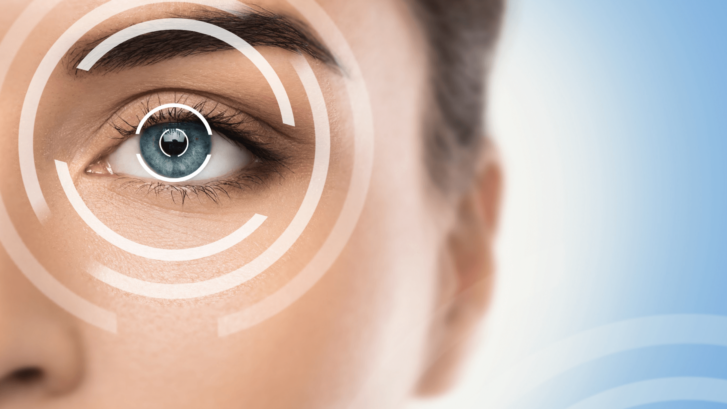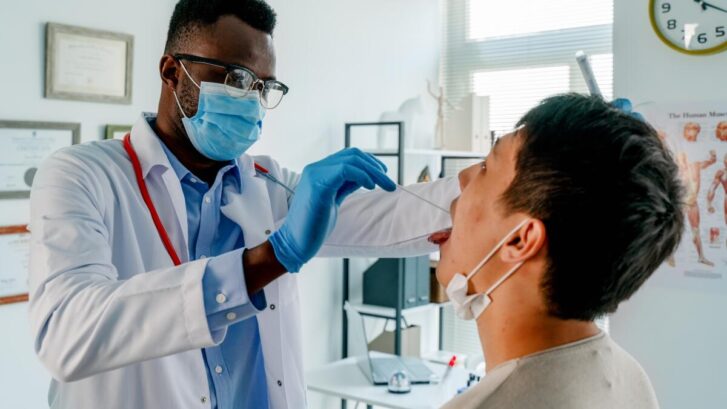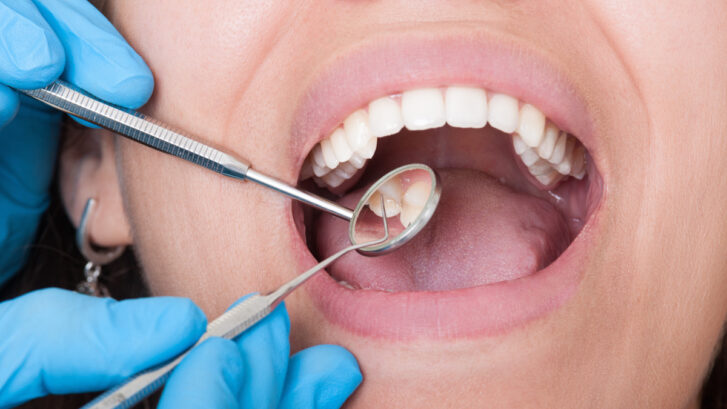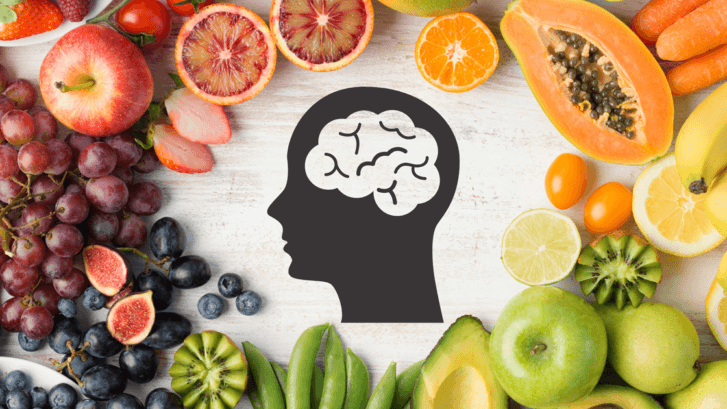How to Stay Calm and Joyful During the Holiday Hustle
The holiday season is often portrayed as a time of joy, celebration, and togetherness. However, amidst the festive decorations and merry gatherings, it’s not uncommon for many to experience increased stress, anxiety, and even feelings of loneliness. These emotional challenges can take a toll on one’s mental health, making it essential to navigate this period with care and understanding. Our primary care doctors in Jupiter want you to be able to recognize and manage the unique stressors of the holiday season, ensuring a healthier and more enjoyable experience for everyone.
Recognizing Holiday Stressors
Understanding the sources of holiday stress is the first step toward managing them effectively. Common stressors include:
- Family Dynamics: Family gatherings can sometimes reignite unresolved issues or strain difficult relationships, leading to emotional discomfort.
- Financial Pressure: The expectation to give gifts and host events can lead to financial worries, especially in a challenging economic climate.
- Overcommitment: Trying to attend every holiday event or meet every social expectation can be overwhelming and exhausting.
- Seasonal Affective Disorder (SAD): This type of depression is related to changes in seasons, with symptoms starting in the fall and continuing into the winter months, sapping energy and making you feel moody.
Coping Strategies
Effective strategies to cope with holiday stress can lead to a more enjoyable season:
- Setting Boundaries: It’s important to remember that it’s okay to say no. Prioritize your commitments and avoid overextending yourself. This includes being realistic about what you can and cannot do, and what you are willing to participate in.
- Budgeting: Plan your spending in advance to alleviate financial stress. Remember, it’s the thought that counts, and often, meaningful experiences are more valuable than material gifts.
- Self-Care: Prioritize getting enough rest, eating healthily, and engaging in activities that you enjoy. This can be as simple as reading a book, taking a long bath, or enjoying a hobby.
- Seeking Support: If you find yourself overwhelmed, don’t hesitate to reach out for support. Talking to friends, family, or even primary care doctors in Jupiter can provide relief and practical advice.
Mindfulness and Relaxation Techniques
Incorporating mindfulness and relaxation techniques can significantly reduce stress levels:
- Mindfulness Meditation: Regular practice can help you stay grounded and calm.
- Deep Breathing Exercises: Simple breathing techniques can be a quick way to relax and reduce stress.
- Yoga or Light Exercise: Regular physical activity, even light exercises like walking, can improve your mood and energy levels.
Embracing the Spirit of the Season
Finding joy in the holiday season can also help in managing stress:
- Gratitude: Take time to focus on what you’re thankful for. Practicing gratitude can shift your perspective and lift your spirits.
- Volunteering: Helping others can provide a sense of purpose and connection, reminding us of the true spirit of the holiday season.
- Creating New Traditions: If traditional holiday activities bring stress, consider creating new ones that align more with your current interests and lifestyle.
The holiday season can indeed be a challenging time, but with the right strategies, it can also be a period of joy and peace. By understanding and managing the stressors, practicing self-care, and embracing the spirit of the season, you can enjoy this time more fully. Remember, it’s essential to take care of your mental health, and if you need support, don’t hesitate to reach out to friends, family, or healthcare professionals, including your primary care doctors in Jupiter.
